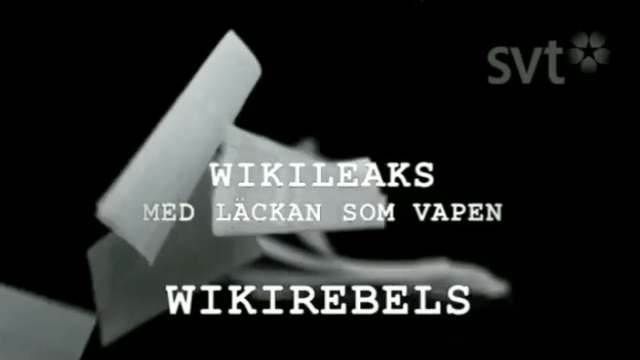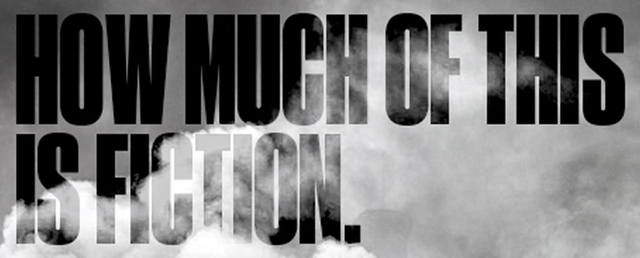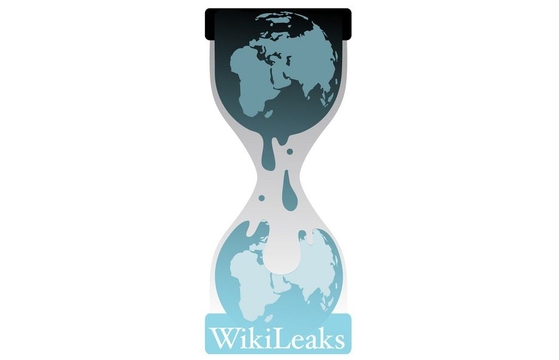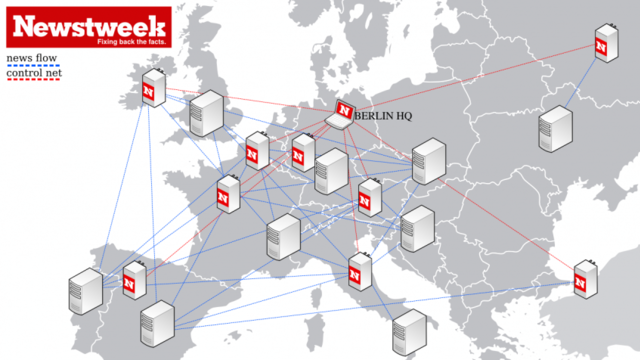Search results for 'infopolitics'
As power becomes traceable: raising the stakes on critique
Among the many troubling and bizarre features of contemporary politics, the following apparent paradox can be found: Informationalisation has brought along enormous increases in the traceability of the doings and dealings of the powerful. But the disruptive power of the exposure of these activities to the public, today seems especially low. After information technology, the going about of those in power and their abuses, are increasingly documented, and the resulting records are increasingly susceptible to leakage to the public. Email is an obvious example. In the run-up to the last Iraq war, a message by an official of the National Security Agency (NSA), which requested ? aggressive surveillance ? of UN Security Council Members Angola, Cameroon, Chile, Bulgaria and Guinea, made its way to the newspapers.
Tactical Media Room
Duration: 19 Apr 2022 - 30 Dec 2022
The Tactical Media Room (TMR) is an initiative of Waag Futurelab and Institute for Network Cultures (HvA), founded in late February 2022 after the Russian invasion in Ukraine. In collaboration with hackers, artists, designers and researchers in The Netherlands, TMR aims to support independent tactical media, journalists, newsrooms and civic initiatives from Ukraine, Russia, and Belarus.
TPP Treaty: Intellectual Property Rights Chapter - 5 October 2015
Today, 9 October, 2015 WikiLeaks releases the final negotiated text for the TPP (Trans-Pacific Partnership) Intellectual Property Rights Chapter. The TPP encompasses 12 nations representing more than 40 per cent of global GDP. Despite a final agreement, the text is still being withheld from the public, notably until after the Canadian election on October 19.
ReadStatement Against the Prosecution of Netzpolitik.org
"The investigation against Netzpolitik.org for treason and their unknown sources is an attack against the free press. Charges of treason against journalists performing their essential work is a violation of the fifth article of the German constitution. We demand an end to the investigation into Netzpolitik.org and their unknown sources."
ReadNEURO networking Europe
From February 27th to 29th young artists, filmmak- ers, musicians, theorists and activists from all over Europe and many other parts of the world meet at the Muffathalle in Munich for NEURO; a number of events, speeches, discussions, presentations, performances, concerts and actions reflecting the pulse of the age. About two years after the first make-world festival, NEURO will again interface with current debates around migration and mobility, racism and nationalism, civil society and global mobilisation, networking and new technologies, informatisation and precarious labour, education and control society, common organising, and digital culture.
ReadTPB AFK: The Pirate Bay Away From the Keyboard
Viva La Piracy! An intellectual freedoms documentary based around the interpersonal triumphs, and defeats of the three main characters against the largest industry in the known universe. The media industry.
ReadCulture and Technologies of Control
Introduction to the cultural intelligence manual "Tactical Reality Dictionary"
Free Bitflows Declaration against the prosecution of Steve Kurtz and Robert Ferell
The Free Bitflows conference in Vienna adopted a protest declaration
against imminent condemnation of artist based on US-terrorism law.
US security paranoia unable to distinguish art from bioterrorism
Founding member of Critical Art Ensemble faces terrorism charges
03.06.2004
Tactical Television in Italy
Overview and manifesto of urban tv movements in Italy
A Rift in Empire?
The antiwar demonstrations of February 15, 2003 proved it: theself-organization of free singularities is possible on a planetaryscale. And that was an event, despite all that followed. In amanifesto-text written just after those demonstrations, I used thelanguage of Negri and Hardt to say that the multitudes could create arift in Empire. In a context where the Aristocracy (the greattransnational companies) had been weakened by a string of financialdisasters, where the Monarchy (the political and military command ofthe earth) had fallen apart in serious dissension, I wanted toencourage the democratic action of the Plebe, against the scorn of theAmerican, British, Spanish and Italian leaders. It was a moment thathad multiplied the world's political stages, overflowing thetraditional mechanisms of representation.
The Becoming Environmental of Power: Tactical Media After Control - Part II
There is a last enterprise that might be undertaken. It would be to seek experience at its source, or rather, above that decisive turn where, taking a bias in the direction of our utility, it becomes properly human experience. (Bergson, 1991: 184).
ReadCartography of Excess
Utopian ideas - like "Spaceship Earth" - are round, multidimensional, interrelated: their archetypal map is the Milky Way, the infinite constellations. But rational thinking is instrumental, linear, it distorts: and that's exactly the problem with the Mercator map, the most common world projection. Buckminster Fuller, inventor of the geodesic dome, created a "Dymaxion map" to undo those distortions. First the earth becomes a geometric figure, an isocahedron: its 20 triangles are then disjointed and laid flat, so the land masses radiate from a nexus in the north, without splitting continents or enlarging the polar regions.
Vectorial Empires
01. These are precarious times. These are eventful times. Let us note some of the symptoms of this instability. There is September 11,and the prospect of a new form of American empire that uses September11 as its pretext. There is the global stock market slide, triggered by the collapse of American tech stocks, which altered the lives of chip-makers in Korea and Coltan miners in the Congo. These are instances of what I call weird global media events. They are events because they are singular. They are media events because they happen in a vectoral space of communication. They are global media events because they call a world into being. They are weird global media events because they defy explanation. They subsume every explanation as mere ripples and eddies in their wake.
Read






